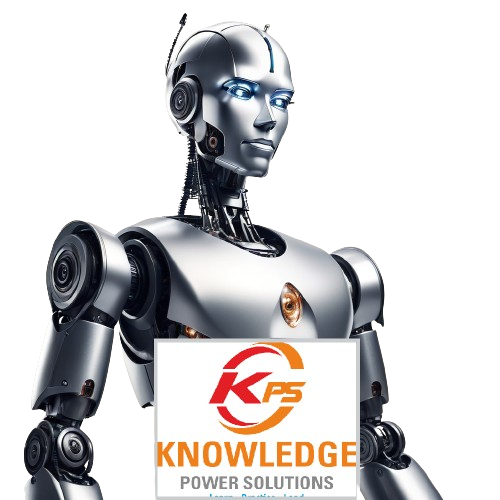ETL (Extract, Transform, Load) and ELT (Extract, Load, Transform) are two data processing frameworks that are essential for handling data in data warehousing and analytics environments. Both serve the purpose of moving data from source systems to a destination, such as a data warehouse, but they do so in different ways. Here’s a detailed comparison of ETL and ELT:
1. Definitions
-
ETL (Extract, Transform, Load):
- Extract: Data is extracted from various source systems (databases, APIs, flat files, etc.).
- Transform: The extracted data is then transformed into a suitable format. This includes cleansing, filtering, aggregating, and applying business rules.
- Load: Finally, the transformed data is loaded into the target data warehouse or database.
-
ELT (Extract, Load, Transform):
- Extract: Data is extracted from source systems.
- Load: The extracted data is loaded directly into the target data warehouse or data lake.
- Transform: The transformation of data occurs after it is loaded, using the processing power of the data warehouse or data lake.
2. Data Processing Order
- ETL:
- Processing Before Loading: In ETL, transformations are performed before loading the data into the destination. This approach ensures that only clean and processed data is stored.
- ELT:
- Processing After Loading: ELT allows for raw data to be loaded first, and transformations can happen later, utilizing the computational capabilities of modern data warehouses or big data platforms.
3. Use Cases
-
ETL:
- Best suited for environments where data must be transformed into a specific structure before loading.
- Commonly used in traditional data warehousing scenarios where the volume of data is manageable, and transformation rules are well-defined.
-
ELT:
- Ideal for big data and cloud environments where large volumes of data need to be processed and analyzed quickly.
- Suitable for scenarios requiring near-real-time data access and flexibility in data transformation.
4. Performance and Scalability
-
ETL:
- Performance can be limited by the processing power of the ETL tools and the network bandwidth during the data transfer.
- Scalability might be an issue as data volumes increase, requiring more complex ETL processes.
-
ELT:
- Benefits from the scalability of cloud-based data warehouses (like AWS Redshift, Google BigQuery, Snowflake) that can handle large datasets efficiently.
- Allows for parallel processing of data transformations, resulting in faster data processing and analysis.
5. Complexity and Maintenance
-
ETL:
- Can be complex due to the need for extensive data cleansing and transformation logic to be defined and maintained in the ETL tool.
- Any changes in data structure or business rules may require significant rework.
-
ELT:
- Typically simpler to implement, as it leverages the processing capabilities of the target data store.
- More adaptable to changes, allowing data engineers to modify transformations without significant reconfiguration of data pipelines.
6. Tooling
-
ETL Tools: Tools such as Talend, Informatica, Microsoft SSIS, and Apache Nifi are commonly used for ETL processes.
-
ELT Tools: Tools like Apache Spark, AWS Glue, and native cloud data warehouse functions (e.g., Snowflake, Google BigQuery) are often used in ELT processes.
Conclusion
Both ETL and ELT have their strengths and weaknesses, and the choice between them largely depends on the specific requirements of the organization, including data volume, processing speed, and infrastructure capabilities. Understanding the differences helps in designing effective data pipelines tailored to the needs of modern analytics and business intelligence.
